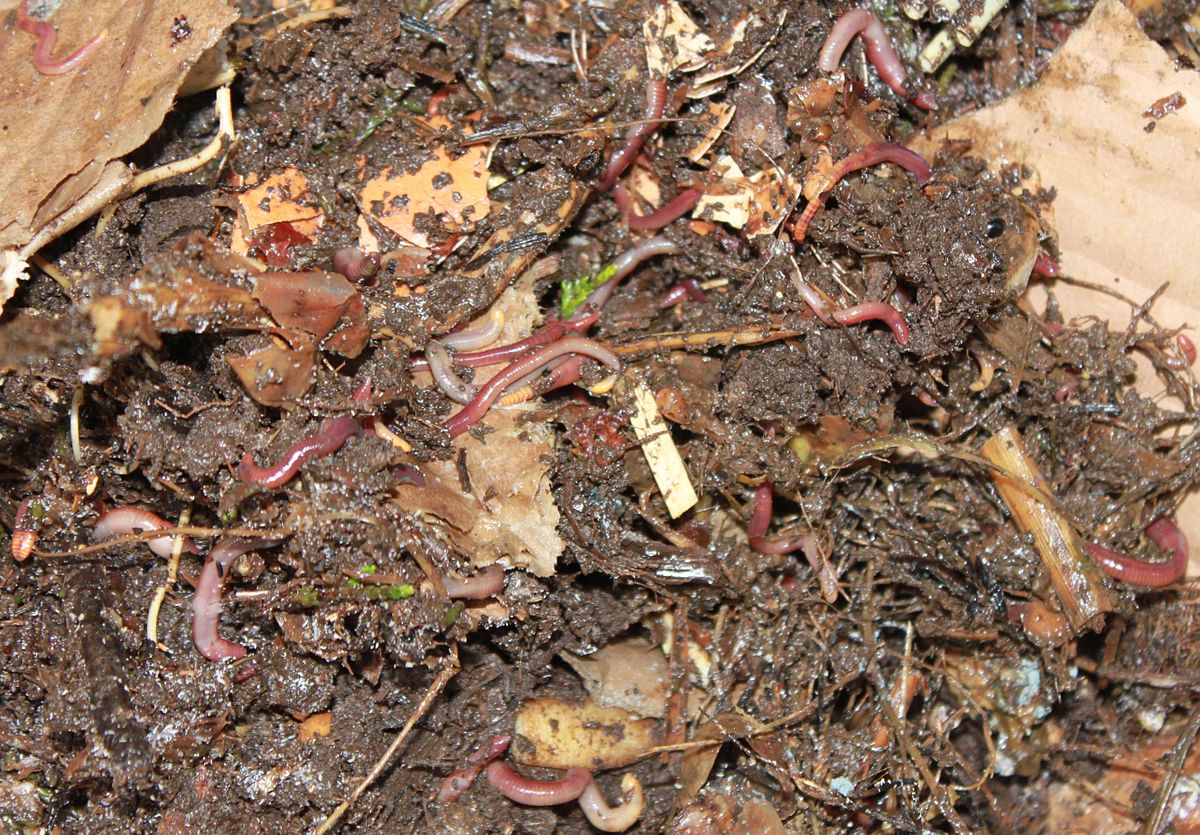
Vermicompost | How it is done and benefits
The humus worm is a product that is widely used for soil and plants. But for some gardeners, it is a complete mystery. Therefore, we have decided to make this post so you can inform you much more about this great product.
What is humus?
Contents
The vermicompost is the product resulting from the decomposition of all organic materials by worms. This hummus is a natural fertilizer and is widely used for large plantations or private plantations.
Also, it has excellent properties for plant growth.
What are the benefits of vermicompost?
Vermicompost has many benefits for plants. Among them, they are:
- Excellent macronutrients: This natural fertilizer contains nitrogen, calcium, potassium, phosphorus, and other properties more like magnesium. It also contains zinc, iron, and copper, tough to achieve in a natural micronutrient fertilizer.
- Microflora: The natural fertilizer vermicompost can bring a lot of bacterial flora working to improve soil quality.
- Humidity: Humidity is another benefit of this natural fertilizer.
- Improves soil properties: Because all their high nutrients and microbial flora, this fertilizer can improve soil properties.
- Adelante bloom properties.
- Fruiting Adelanta properties.
- Releases nutrients.
- It provides balance to plants because of their high substances released slowly.
- It has the benefit that can be used alone or mixed with pure sand when it is left in trays.
- But the best benefit that has this natural fertilizer is that it has a neutral pH, which causes no harm to plants. Therefore, you can apply or regardless of the amount you want and never be much for them.
What uses can be given to vermicompost?
There are different types of applications that can be given to this natural fertilizer. Among them are the following:
- Pots can be filled with this natural fertilizer. It also serves to germination trays.
- It can be spread on soil, plants, shrubs or trees.
- It can be dissolved and used as water for watering plants.
These are the uses that can give you a general level. But vermicompost also brings benefits separately. These are:
- Physically: Physically, vermicompost improves the retention of water and nutrients, enhances seed germination, and improves the soil.
- Chemically: Enrich the soil with essential minerals; it promotes the assimilation of nutrients.
- A biologically: Promotes mycorrhizal formation, increases the microbial flora, and increases resistance.
Now that you read all the general benefits and separately, you’ll want to know how:
How does vermicompost?
It is quite easy to make vermicompost. The materials you will use are:
- Food of plant or animal.
- Newspaper.
- Container with lid (the bigger, the better). It does not matter if it is wood, rubber, or plastic.
- If you do not get one in your garden, you can choose to buy some California red worms.
When you already have everything is allowed to stand or soak the land which you need or are going to use for one day or 2. After newsprint cut into strips while doing this, the same cloth makes his holes in the lid to the pot got for the worms can breathe. You are then thrown into the pot soil and newsprint.
Then colocale up leftover food. After a while, put the worms to begin to make hummus. All you have to do is be aware of your recipient does not receive a change in temperature. You will have to wait at least 15 days to have your first vermicompost ready to land.


